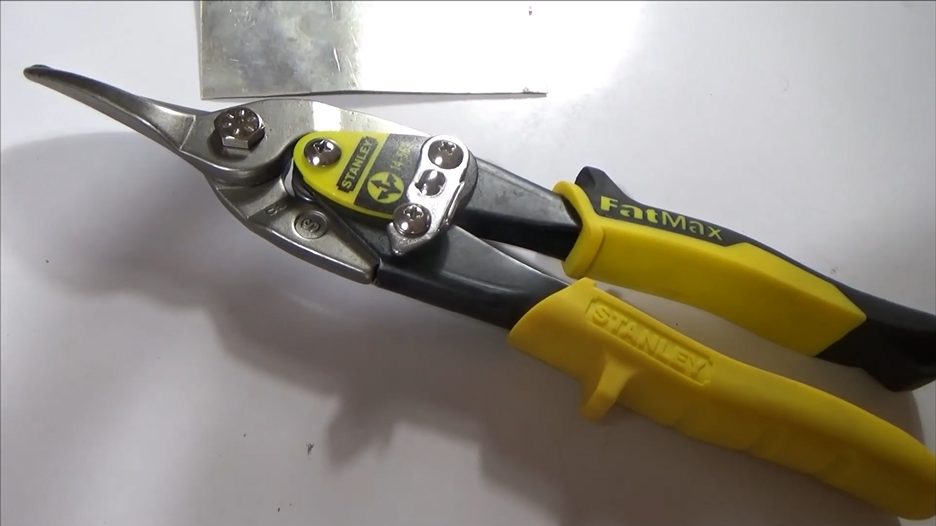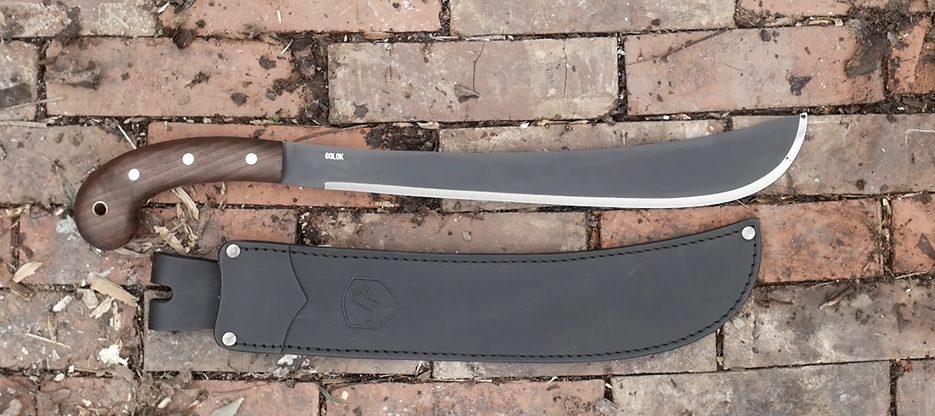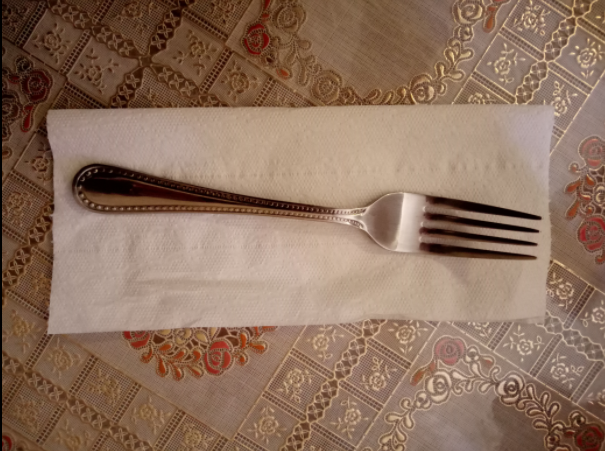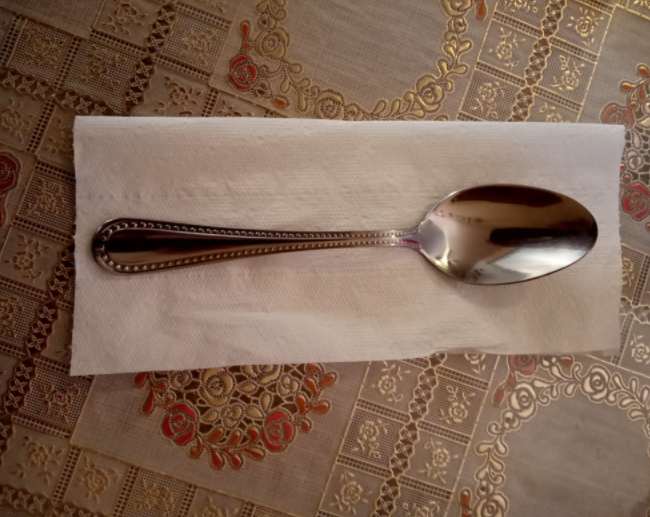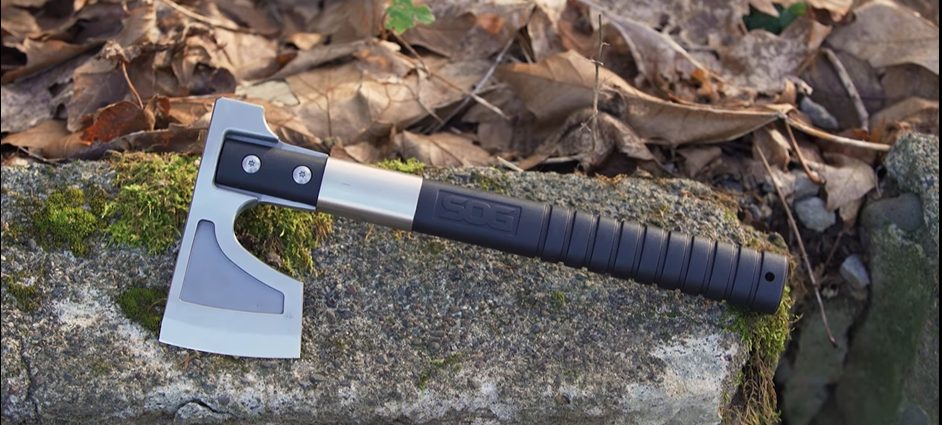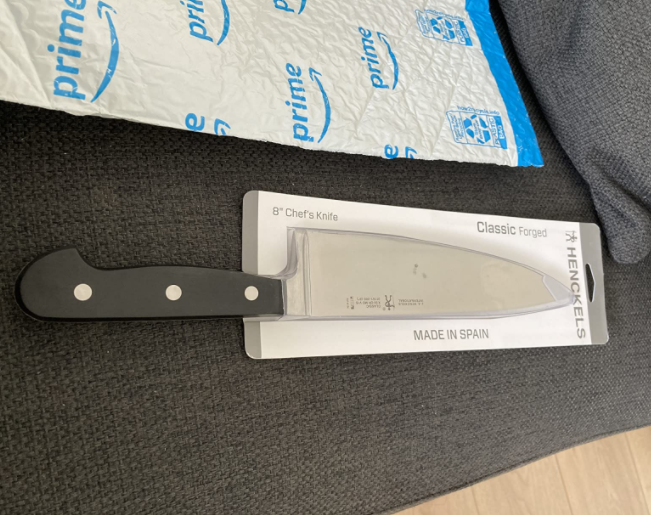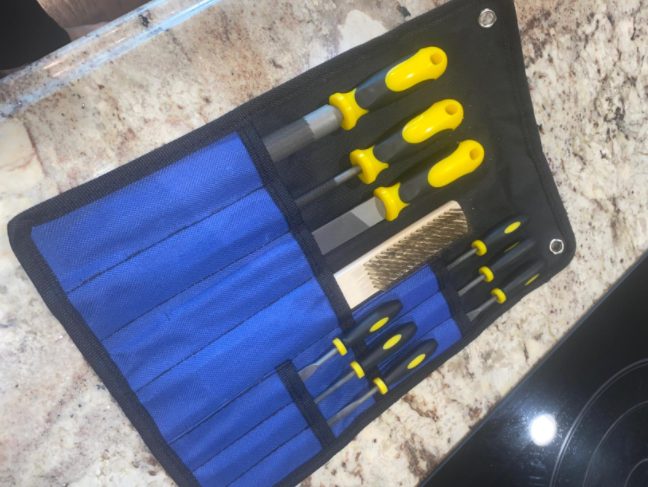What good is a pantry full of canned goods without a can opener? If you’re like me, you forget the most obvious items, like charcoal when you head to the lake to camp and a can opener for your pantry. Do you know how to open a can without a can opener?
Truth be told, I didn’t for a long time. Then, we had a house fire, and our electric can opener was toast – literally. Without thinking, I purchased some canned soups to make at our makeshift home until ours was renovated, only to realize – I didn’t have a can opener. What was I going to do, especially in SHTF scenarios?
Hindsight, it was no big deal, but it sure felt like one at the time. Finding yourself without a can opener can happen at any time, whether that’s on a hike, a road trip, camping, or when you bug out after an emergency.
Never worry. You can try a few tricks!
| Quick Navigation 1. Tin Snips 2. Large Knife or Machete 3. Fork 4. Spoon 5. Axe 6. Chef's Knife 7. Concrete or a Flat Stone 8. Metal File 9. Flat Nose Pliers |
|---|
What will you do when you don’t have a can opener in your stockpile? Here are nine ways to open a can without a can opener.
1. Tin Snips
Perhaps the easiest and safest way to open a can without a can opener is with tin snips. All you have to do is take the snips and cut the outer rim of the can off. It’s pretty easy, but there is a good chance you don’t have tin snips with you.
2. Large Knife or Machete
A large knife or machete might be your first choice, and you probably have an idea on how you will use this. It’s a bit tricky compared to other options.
Put the can vertically and put the tip of the blade on the outside surface. Hit the end of the handle; the tip of the knife will pierce the can after a few hits. Use your knife and slowly work around the can.
Don’t have a knife? That’s a bummer, but you can try a very similar method using a screwdriver, a chisel, or any tool with a similar shape. If you have a hammer, you can easily beat almost anything into the side of a can. The job becomes just a bit easier!
3. Fork
To open a can with a fork, put one of the prongs on the can’s outside edges. Press down hard until the prong puts a hole in the lid. Make sure the prongs are facing away from you, along with one of the prongs inside the top. Move the fork up and down, slowly tearing the metal, as you turn the can.
Once the hole is large enough, you can remove the prong and use the handle of the spoon to open the can the rest of the way.
This trick works well to open a can but make sure you don’t use your family’s heirloom silverware. Wear gloves as well, because it takes time and your hand is going to hurt if you don’t!
4. Spoon
Feeling skeptical about using a spoon to open a can? I know I was at first too. There is no way that a spoon can open a metal can, right?
Wrong! You can use a spoon to make a hole in the lid. Then, use the spoon to open the lid like a regular can opener. The only negative is that it can hurt your hands, so wear some gloves.
Don’t believe me? Check it out here!
5. Axe
Who doesn’t love an opportunity to use an axe?
To open a can with an axe, you need to pierce the side of the can with the axe blade. Cans roll, obviously, so this can be a little tricky. The best trick is to lay the can on its side and holding the can with your hand on the opposite side you to intend to strike.
Quickly hit the can with the corner of the blade. Once you made the first impact, slowly work the blade around the edge of the entire can.
6. Chef’s Knife
Using a chef’s knife to open a can is similar to using a large knife or a machete. The difference is that the knife has a blade that goes below the handle.
So, to use a chef’s knife, you will want to push that lower edge into the top of the can. Work the knife around the side, just like you would with a regular can opener.
7. Concrete or a Flat Stone

This method is for someone who has patience and doesn’t mind a bit of a mess. To use concrete or stone to open a can, rub the lid over the concrete or stone repeatedly until it wears down through the rim.
It’s going to take time, and you need to be careful. Metal shards and concrete will spread around, possibly getting into the food you worked so hard to open.
8. Metal File
Using a metal file is the same idea as concrete, but you can do this with the can upright, which stops the contents from spilling out. You use the metal file to file off the top rim; then you can pop off the lid with a spoon or something that can get leverage under the top.
The big concern with using a metal file is the metal shavings that can easily get into your food and be stepped on around the campsite. That’s not appealing.
9. Flat Nose Pliers
If you have a pair of flat-nose pliers, you’re in luck. You can take the pliers, pinch and twist the outside rim of the can. Keep doing this around the entire side of the can, which will carefully break the seal of the can. Once the seal is gone, you can use the pliers to grab the edge of the lid and pull upwards, removing it.
Canned food is a staple for any prepper’s pantry, and they’re a fantastic asset in your survival supplies. However, without a can opener, most people would be stuck hungry because they don’t know how to open a can without a can opener.
That’s why learning different techniques and figuring out how to be resourceful is essential. All 9 of these methods have decent success. Give them a try at home before you attempt them in a survival situation.

